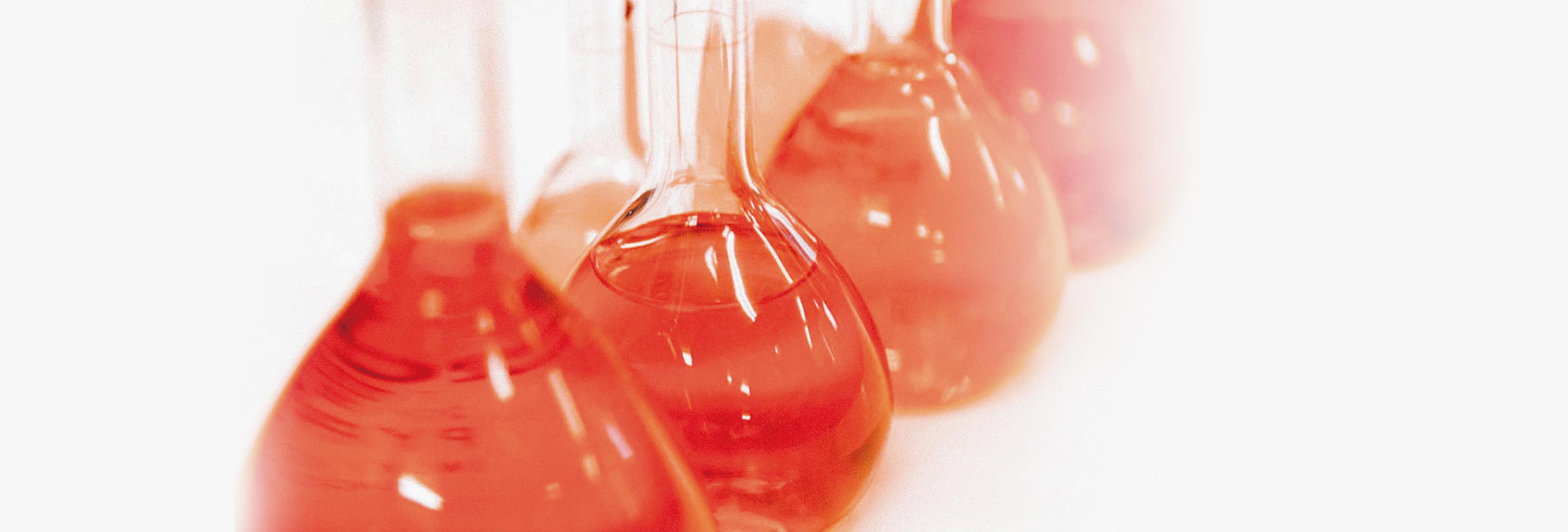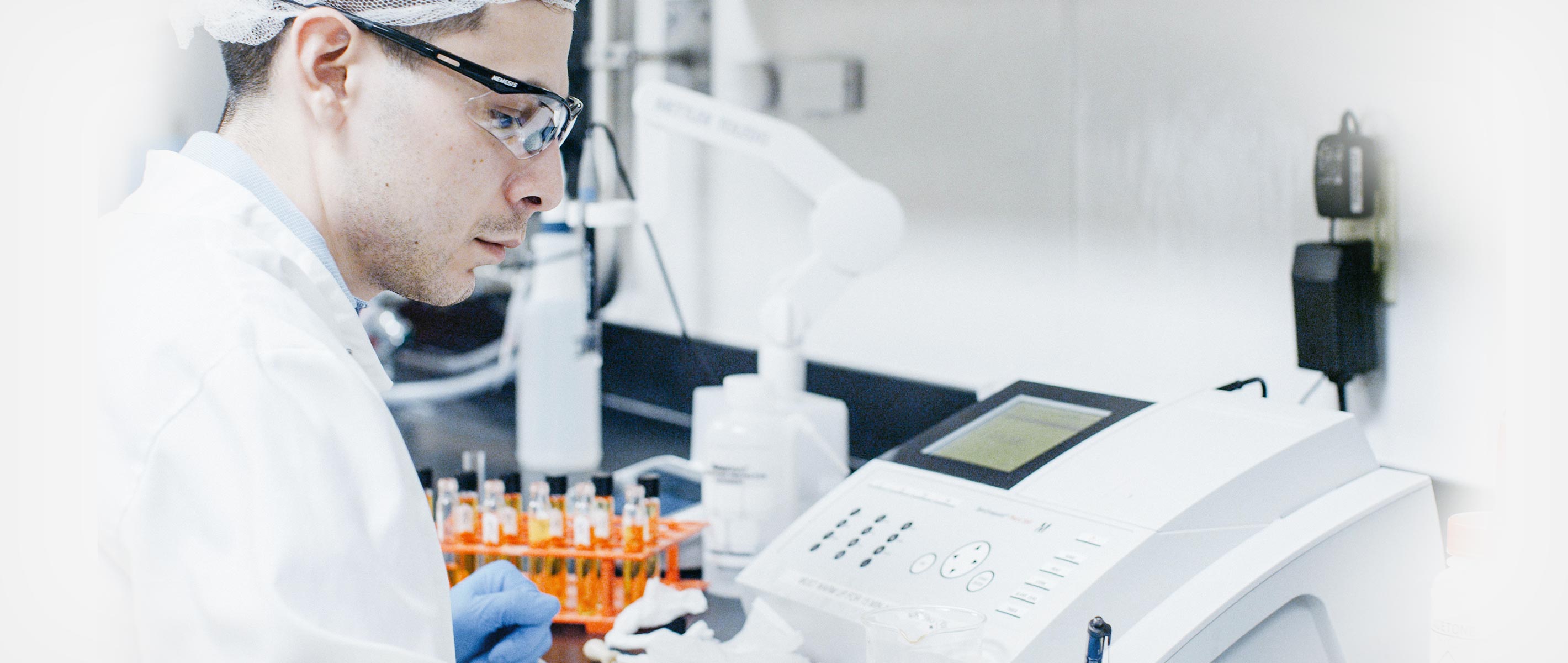BASIC AND CLINICAL RESEARCH
BASIC & CLINICAL RESEARCH AstaRealInnovation

Astaxanthin in Nature
Astaxanthin is a red-colored carotenoid that occurs in nature and it is known as a micronutrient that wild organisms take in their food chain to protect their cells and DNA from various types of environmental stress. Salmon are an example that especially illustrates how organisms in nature effectively use astaxanthin as a micronutrient that is essential to survive in a wild, harsh environment.
Salmon swims upstream against strong and violent water currents to lay eggs after migrating in the ocean. So, how do salmon cope with these harsh conditions and have the endurance to swim upstream against the forceful currents? Well, when they migrate in the ocean they take in astaxanthin from zooplankton, which is a small shrimp-like crustacean. Salmon should actually have white flesh, but the astaxanthin accumulated in their muscle tissue gives them a red color. Salmon have to swim hundreds of kilometers in the fall, and astaxanthin is considered to be the secret that makes their journey possible. It is now thought that astaxanthin protects their muscles from the damage caused by this life-threatening routine, which allows them to endure the rough conditions of the water. Further, astaxanthin plays one more critical role in their vital activities. After swimming upstream, salmons lay red eggs. This is due to the astaxanthin that is transferred from their muscles in order to protect their essential DNA from ultraviolet sunlight rays that strike the shallow riverbeds.
These mechanisms represent the potential of astaxanthin that nature has created over many years. Since the very beginning, our inspiration has come directly from the natural world around us. In that sense, from where AstaReal stands in its research we should be able to apply those unique and promising mechanisms to our health management, prevention and even therapy.

Mechanisms of Astaxanthin
Astaxanthin enters the bloodstream and is transported to cells in the body. The unique molecular structure fits into both sides of cell membranes and neutralizes harmful free radicals, which protects the function of cell membranes from oxidative damage. It leads to maintaining intercellular communication known as cell signaling or metabolism.
Even in daily life human cells are stressed and continuously damaged. In normal circumstances naturally-embodied repair functions work to maintain the normal condition of a cell. However, fundamental cellular functions start to gradually decline when chronic damage is accumulated through repetitive exercise, a suboptimal lifestyle from a lack of exercise or imbalanced diet, or aging, which push the limits of naturally-embodied cell repair capacity. This leads to chronic diseases, including lifestyle diseases and geriatric syndromes. Astaxanthin is considered to protect the fundamental function of cells from chronic and sub-chronic damage to membranes.
Furthermore, according to the latest studies astaxanthin is reported to work on the function of mitochondria, which are energy factories for cells. Mitochondria is under the spotlight in recent pathological discussions pertaining to lifestyle diseases or geriatric syndromes. Its property to protect/improve mitochondrial functions must be one of the essences of astaxanthin’s potential.

Use in Clinical Applications
AstaReal focuses on some essential applications in astaxanthin. Muscle is one of those. Some clinical studies showed that astaxanthin inhibits excessive muscle damage and improves performance, especially endurance. It indicates that astaxanthin is useful in improving endurance for athletes by minimizing excessive damage that occurs during games and training. It could also help athletes enjoy their longer lives. And, different studies showed that astaxanthin in combination with personalized exercise improves muscle functionality among the elderly, when muscle has declined through aging and is difficult to be improved by exercise alone. Muscle mass, strength and endurance were significantly improved in those studies, as well as cognitive endurance. It indicates that astaxanthin can be a key to resolving social issues, such as locomotive syndrome or sarcopenia, which is still unsolved.
In addition to areas regarding muscle, potentials in insulin resistance and cognitive function are being revealed as well. AstaReal is now working on some clinical studies to explore those potentials in prevention or therapy. As mentioned earlier, there are few solutions to fix emerging social issues related to the risks of lifestyle disease and/or geriatric syndromes. But, AstaReal strives to reveal solutions to practice health management and prevention related to risks of lifestyle diseases and geriatric syndromes in a scientific way through clinical research.
with our know-how and science.
